Infection
- Page Path
-
- HOME
- TOPICS
- Infection
- Topics
-
- Adolescence Medicine (4)
- Allergy (62)
- Cardiology (79)
- Critical Care Medicine (11)
- Developmental and Behavioral Medicine (24)
- Emergency Medicine (5)
- Endocrinology (61)
- Gastroenterology (66)
- General Pediatrics (48)
- Genetics and Metabolism (25)
- Hematology (17)
- Immunology (16)
- Infection (73)
- Neonatology (Perinatology) (124)
- Nephrology (Genitourinary) (53)
- Neurology (95)
- Nutrition (30)
- Oncology (17)
- Neurobehavior (12)
- Pulmonology (32)
- Rheumatology (3)
- Other (37)
- Original Article
- Infection
- Viral load and rebound in children with coronavirus disease 2019 during the first outbreak in Daegu city
- Mi Ae Chu, Yoon Young Jang, Dong Won Lee, Sung Hoon Kim, Namhee Ryoo, Sunggyun Park, Jae Hee Lee, Hai Lee Chung
- Clin Exp Pediatr. 2021;64(12):652-660. Published online October 12, 2021
-
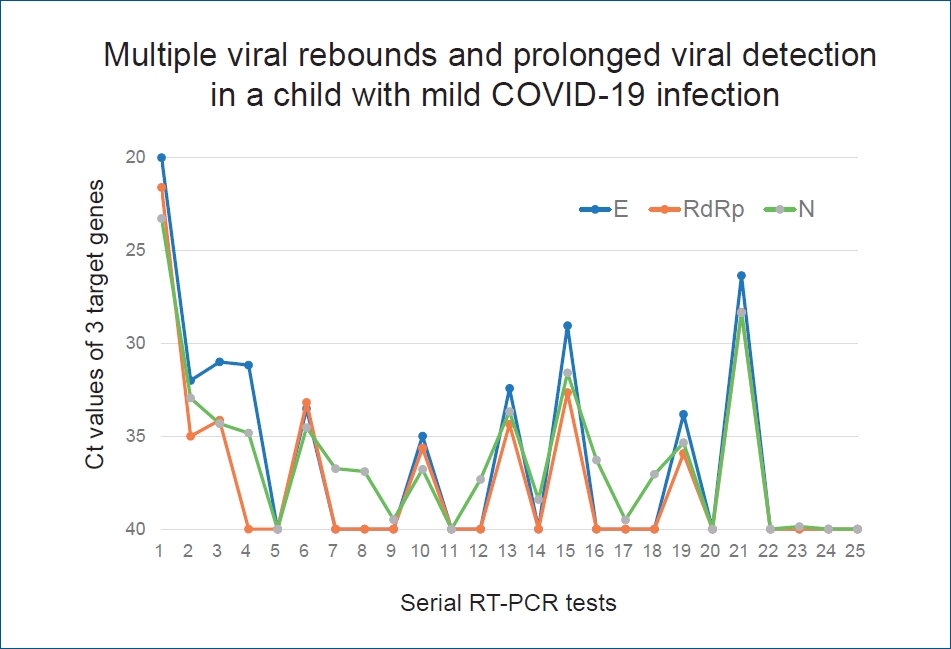
Question: What is the natural course of viral load in children with coronavirus disease 2019 (COVID-19)?
Finding: A significant number of patients still had a relatively high viral load once clinically asymptomatic. Nearly half of the patients experienced viral rebound, which contributed to prolonged viral detection in their respiratory specimens.
Meaning: Further studies are needed to determine the clinical significance of viral rebound in asymptomatic or mild pediatric cases of COVID-19.
- Review Article
- Infection
- Recommendation for use of diphtheria and tetanus toxoids and acellular pertussis, inactivated poliovirus, Haemophilus influenzae type b conjugate, and hepatitis B vaccine in infants
- Hye-Kyung Cho, Su Eun Park, Yae-Jean Kim, Dae Sun Jo, Yun-Kyung Kim, Byung-Wook Eun, Taek-Jin Lee, Jina Lee, Hyunju Lee, Ki Hwan Kim, Eun Young Cho, Jong Gyun Ahn, Eun Hwa Choi; The Committee on Infectious Diseases of the Korean Pediatric Society
- Clin Exp Pediatr. 2021;64(12):602-607. Published online June 8, 2021
-
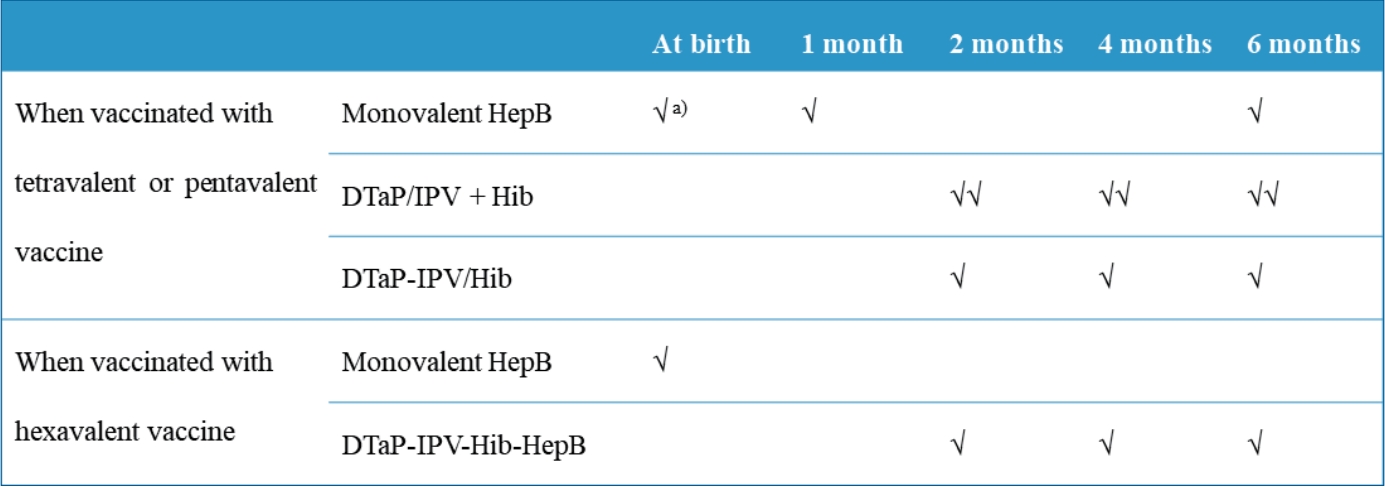
∙ Diphtheria and tetanus toxoids and acellular pertussis-inactivated poliovirus-Haemophilus influenzae type b-hepatitis B (DTaP-IPV-Hib-HepB) was licensed in Korea in April 2020.
∙ DTaP-IPV-Hib-HepB is indicated as a 3-dose primary series for infants aged 2, 4, and 6 months who received the standalone HepB vaccine at birth.
∙ Infants born to HepB surface antigen-positive mothers are currently recommended to be immunized with HepB immunoglobulin at birth and then monovalent HepB vaccine at 0, 1, and 6 months.
- Letter to the Editor
- Infection
- Multisystem inflammatory syndrome in children and Kawasaki disease in infants: 2 sides of the same coin?
- Hing Cheong Kok, Dinesh Nair, Ke Juin Wong, Siew Moy Fong
- Clin Exp Pediatr. 2021;64(11):599-601. Published online October 7, 2021
-
Question: Are multisystem inflammatory syndrome in children (MIS-C) and Kawasaki disease (KD) in infants, 2 sides of the same coin?
Finding: Here we report on a 4-month-old girl with MIS-C and signs of KD with shock. Most (83%) infants with MIS-C had features of KD, especially KD shock syndrome.
Meaning: MIS-C is similar to KD, and likely is a consequence of dysregulated immune responses secondary to sudden acute respiratory syndrome coronavirus 2 infection.
- Clinical Note
- Infection
- A neonate infected with coronavirus disease 2019 with severe symptoms suggestive of multisystem inflammatory syndrome in childhood
- Fatemeh Eghbalian, Ghazal Sami, Saeid Bashirian, Ensiyeh Jenabi
- Clin Exp Pediatr. 2021;64(11):596-598. Published online September 10, 2021
-
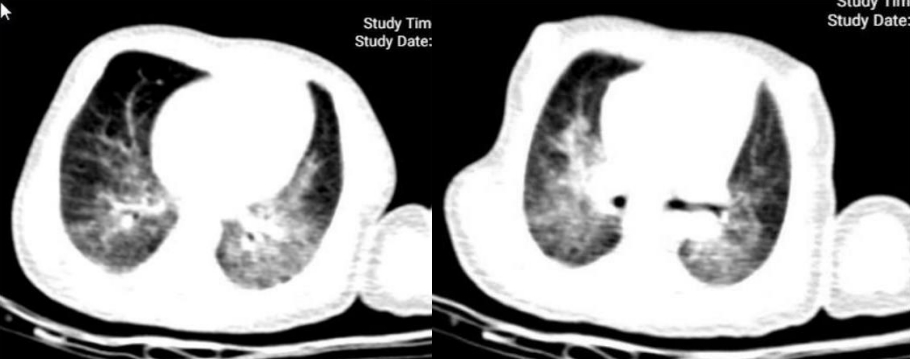
Question: Can multisystem inflammatory syndrome in childhood (MIS-C) occur in the neonate associated with coronavirus disease 2019 (COVID-19)?
Finding: A 9-day-old neonate infected with COVID-19 had fever, respiratory distress, and gastrointestinal symptoms suggestive of MIS-C. This neonate recovered after treatment with intravenous immunoglobulin (IVIG).
Meaning: IVIG successfully treated a rare case of a 9-day-old neonate with COVID-19 and severe symptoms suggestive of MIS-C.
- Original article
- Infection
- The global prevalence of Toxocara spp. in pediatrics: a systematic review and meta-analysis
- Behnam Abedi, Mehran Akbari, Sahar KhodaShenas, Alireza Tabibzadeh, Ali Abedi, Reza Ghasemikhah, Marzieh Soheili, Shnoo Bayazidi, Yousef Moradi
- Clin Exp Pediatr. 2021;64(11):575-581. Published online February 5, 2021
-
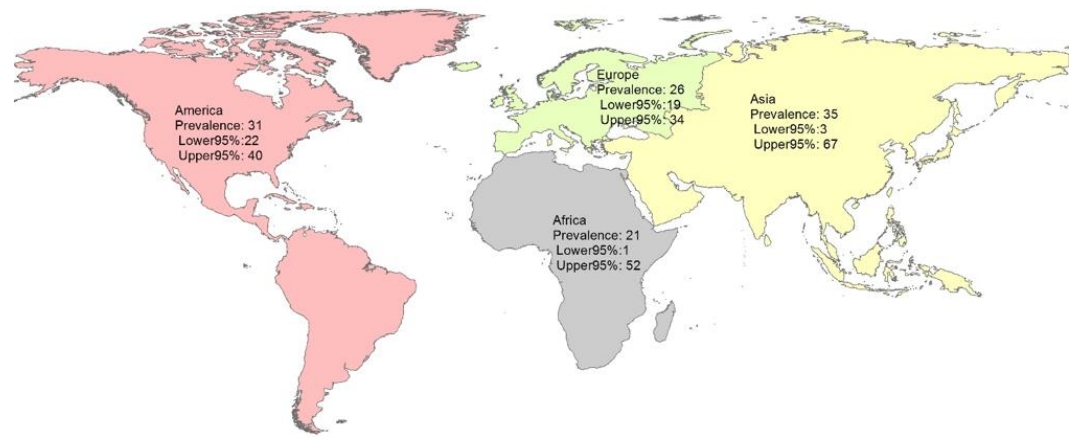
Is the global prevalence of toxocariasis high among children? The prevalence of toxocariasis is high in pediatric patients. Asian children are more susceptible to the disease than other children. Its virulence varies among different socioeconomic classes in various countries. Hand washing after soil contact, routine pet deworming, and appropriate disposal of pet feces in households with Asian pediatrics are needed to prevent toxocariasis.
- Review Article
- Infection
- Effects of nasopharyngeal microbiota in respiratory infections and allergies
- Hyun Mi Kang, Jin Han Kang
- Clin Exp Pediatr. 2021;64(11):543-551. Published online April 15, 2021
-

· The nasal microbiota varies with age and is shaped by various factors in healthy individuals.
· The pathological condition of the respiratory tract appears to be associated with reduced nasal microbiota biodiversity, while dysbiosis is involved in the pathophysiology of many respiratory diseases, including otitis, sinusitis, allergic diseases, and lower respiratory infections.
- Consideration in treatment decisions for refractory Mycoplasma pneumoniae pneumonia
- Hye-Kyung Cho
- Clin Exp Pediatr. 2021;64(9):459-467. Published online February 10, 2021
-

• To avoid unnecessary exposure to secondary antibiotics, it is needed to diagnose Mycoplasma pneumoniae (MP) pneumonia carefully, especially when unresponsiveness to macrolide is suspected.
• Serologic and molecular tests for MP infection and excluding respiratory infection caused by other pathogens might be considered.
• It is necessary to continuously monitor antibiotic susceptibility of MP, and efforts to lower antibiotic pressure are required.
- Original Article
- Infection
- Prevalence of methicillin-resistant Staphylococcus aureus in Iranian children: a systematic review and meta-analysis
- Farhad Sarrafzadeh, Seyed Mojtaba Sohrevardi, Hamid Abousaidi, Hossein Mirzaei
- Clin Exp Pediatr. 2021;64(8):415-421. Published online November 20, 2020
-

The pooled prevalence of methicillin-resistant Staphylococcus aureus (MRSA) was 42% among culture-positive cases of S. aureus, 51% in hospitalized children, and 14% in healthy children. The high prevalence of MRSA in Iranian children may be due to insufficient infection control measures in hospitals, inappropriate use of methicillin, inadequate staff training, and over-prescription of antibiotics in Iran.
- Review Article
- Infection
- Updates on the coronavirus disease 2019 vaccine and consideration in children
- Hyun Mi Kang, Eun Hwa Choi, Yae-Jean Kim
- Clin Exp Pediatr. 2021;64(7):328-338. Published online June 21, 2021
-
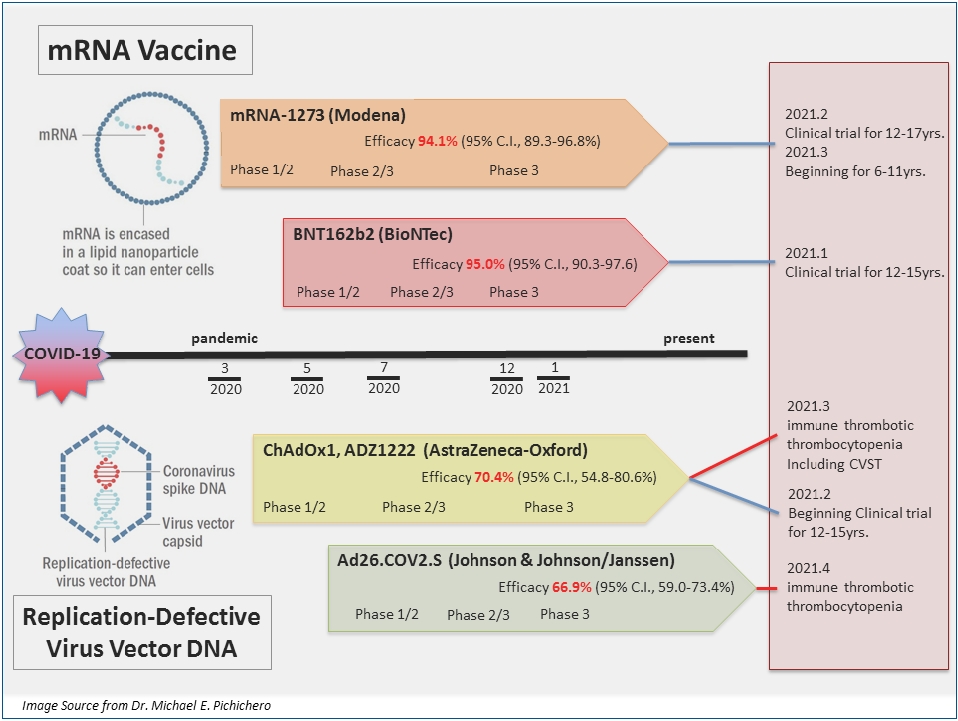
· The number of coronavirus disease 2019 cases has exponentially increased worldwide, and children ≤19 years old account for 11.0% of all confirmed cases.
· mRNA vaccines, BNT162b2 and mRNA-1273, and adenoviral vector vaccines, AZD1222 and Ad26.COV2.S, authorized for emergency use in the Emergency Use Listing of the World Health Organization are reviewed.
· Clinical trials of these vaccines have shown that they are safe and serious adverse reactions are rarely observed.
- School closures during the coronavirus disease 2019 outbreak
- Eun Young Cho, Young June Choe
- Clin Exp Pediatr. 2021;64(7):322-327. Published online May 31, 2021
-
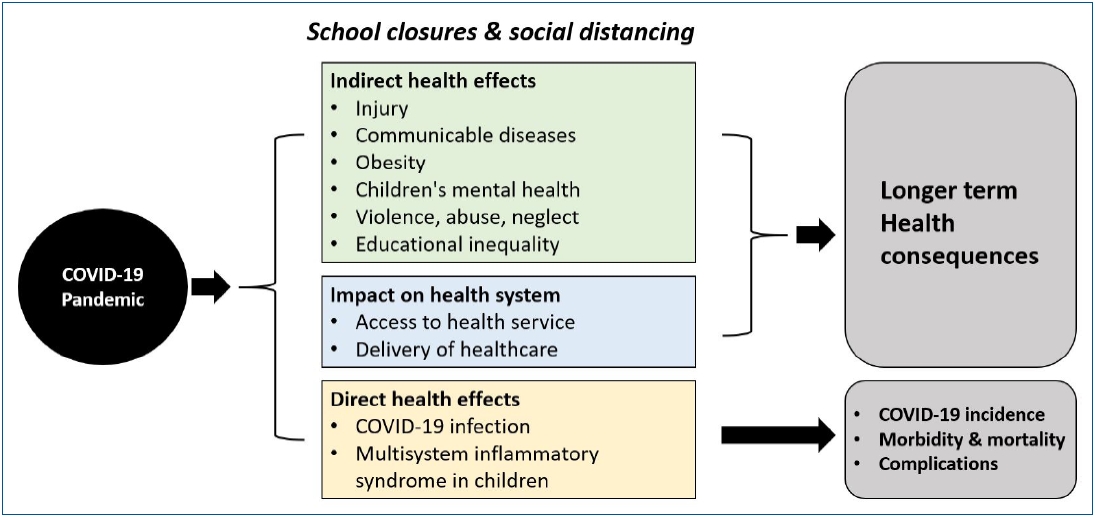
· Earlier modeling studies of the effects of school closures on severe acute respiratory syndrome coronavirus 2 were largely derived from the pandemic influenza model, resulting in conflicting implications.
· Observational findings suggest no clear effect of school closures on community transmission or overall mortality.
· School closures must be weighed against potential high social costs, which can also negatively affect children’s health.
- Original Article
- Infection
- Febrile urinary tract infection in children: changes in epidemiology, etiology, and antibiotic resistance patterns over a decade
- Woosuck Suh, Bi Na Kim, Hyun Mi Kang, Eun Ae Yang, Jung-Woo Rhim, Kyung-Yil Lee
- Clin Exp Pediatr. 2021;64(6):293-300. Published online October 14, 2020
-
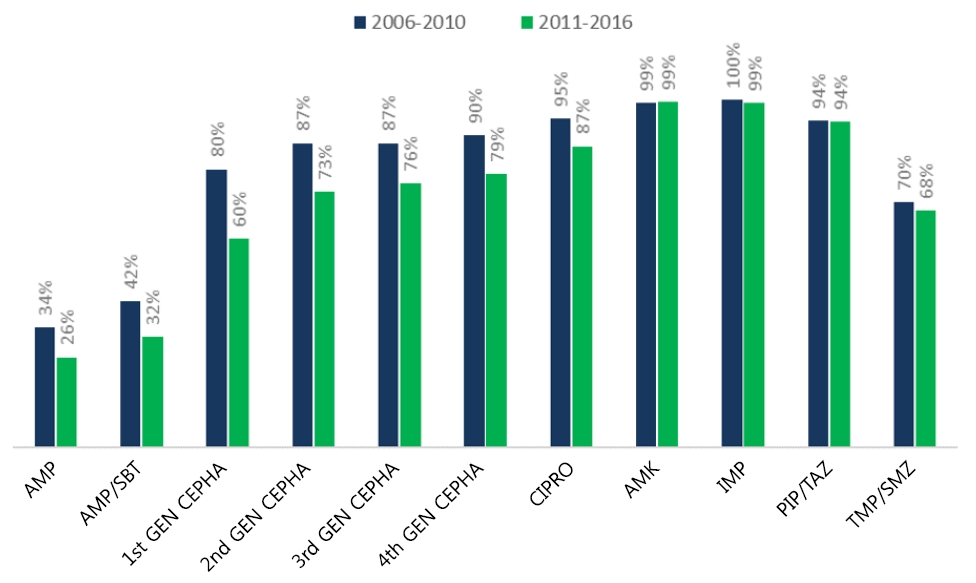
Question: How has the antibiotic susceptibility of urinary pathogens changed and what does it imply?
Finding: A yearly increase in multidrug-resistant and extended-spectrum β-lactamase (ESBL)–producing pathogens was observed. A higher recurrence rate was observed in cases of febrile urinary tract infection caused by ESBL producers in patients with underlying vesicoureteral reflux (VUR).
Meaning: The initial empirical antibiotic should reflect the changing susceptibility patterns and underlying VUR status.
- Editorial
- Infection
- Should we prescribe carbapenem for treating febrile urinary tract infection caused by extended-spectrum β-lactamase-producing Enterobacteriaceae in children with vesicoureteral reflux?
- Ji Young Park
- Clin Exp Pediatr. 2021;64(6):284-285. Published online January 5, 2021
-

Recent studies are focused on the noninferiority of noncarbapenem therapy for the treatment of extended-spectrum β-lactamases producing Enterobacteriaceae infections to reduce the utilization of carbapenem.
- Babies born to mothers positive for SARS-CoV-2 – Are they in danger?
- Joon Kee Lee
- Clin Exp Pediatr. 2021;64(6):280-281. Published online May 4, 2021
-

Concerns have arisen in the coronavirus disease 2019 (COVID-19) pandemic upon pregnancy and postnatal care starting from reproductive decision-making. To the utmost knowledge, reproductive decisions should not be based primarily on health-related COVID-19 concerns, as the possibility of vertical transmission is negligible and the perinatal outcome is generally not poor compared to pregnancies without COVID-19, as long as infection control measures are well kept.
- Clinical note
- Infection
- Coronavirus disease 2019 in a 13-year-old patient with acute lymphoblastic leukemia
- Seyed Kamal Eshagh Hossaini, Zahra Movahedi, Ahmad Hormati, Hosein Heydari, Seyed Jalal Eshagh Hosseini, Fatemeh Khodadust, Mahboubeh Afifian, Sajjad Ahmadpour
- Clin Exp Pediatr. 2021;64(5):247-250. Published online March 8, 2021
-
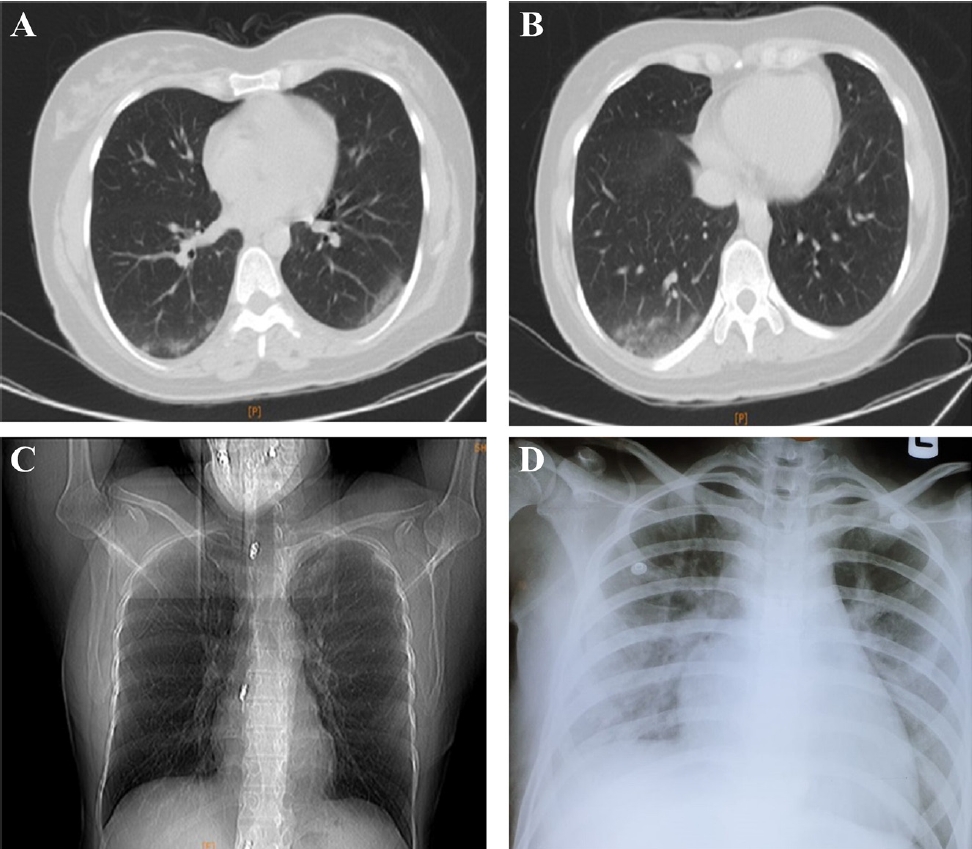
Question: What should be considered in an immunocompromised child with coronavirus disease 2019 (COVID-19)?
Finding: Due to the importance of appropriately managing COVID-19 in children with cancer, the possibility of a fatal outcome should be considered in immunocompromised patients who receive chemotherapy agents.
Meaning: In all kinds of infections including COVID-19, disuse management and the development of international guidelines for children with cancer is challenging but important.
- Editorial
- Infection
- Catheter care bundle and feedback to prevent central line-associated bloodstream infections in pediatric patients
- Hye-Kyung Cho
- Clin Exp Pediatr. 2021;64(3):119-120. Published online December 8, 2020
-
• Intravascular catheter-related infection is an important cause of morbidity and mortality in children, and care bundles are effective and cost-saving in pediatric and neonatal patients.
• Providing regular feedbacks to critical care practitioners is helpful to maintain compliance to care bundle.
• Establishing a bundle policy (insertion and maintenance), monitoring compliance, and providing regular feedbacks are necessary for prevention of central line-associated bloodstream infections in pediatric patients.
- Perspective
- Infection
- Addressing children’s health amid the coronavirus disease 2019 pandemic
- Young June Choe, Bilal Aurang Zeb Durrani, Stefan Swartling Peterson
- Clin Exp Pediatr. 2021;64(2):46-48. Published online December 15, 2020
-
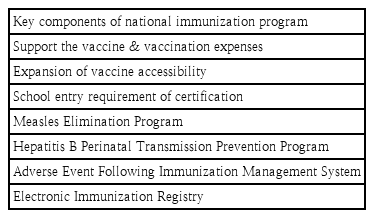
In the coronavirus disease 2019 (COVID-19) pandemic, children experience heightened barriers to health and protective services. Children may also be disproportionately affected due to their reliance on the education system for daily tasks and lack of access to remote learning options. Republic of Korea findings on how vaccination coverage could be sustained in children and schools could be reopened without aggravating COVID-19 underlie the need for coordinated efforts across sectors.
- Clinical note
- Infection
- Coronavirus disease 2019 in a 2-month-old male infant: a case report from Iran
- Hosein Heydari, Seyed Kamal Eshagh Hossaini, Ahmad Hormati, Mahboubeh Afifian, Sajjad Ahmadpour
- Clin Exp Pediatr. 2020;63(12):499-502. Published online September 21, 2020
-
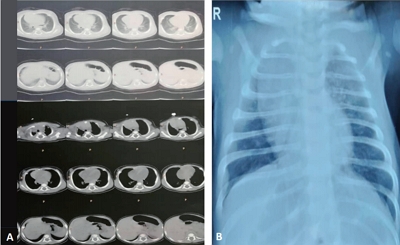
-
DOI: https://doi.org/10.3345/cep.2020.00941 Retraction in: Clin Exp Pediatr 2022;65(8):417
- Review Article
- Infection
- The COVID-19 pandemic: an unprecedented tragedy in the battle against childhood obesity
- Maximilian Andreas Storz
- Clin Exp Pediatr. 2020;63(12):477-482. Published online November 5, 2020
-

Large-scale quarantine and home confinement during the coronavirus disease 2019 (COVID-19) pandemic will impose new and unfamiliar stressors on children, thereby worsening the childhood obesity epidemic. Physical, nutritional, and psychosocial factors that promote obesity in children during this special situation complementarily contribute to an unprecedented obesogenic environment. Involved stakeholders, including governments, schools, and families, must make all efforts to minimize the impact of the COVID-19 epidemic on childhood obesity.
- Editorial
- Infection
- What are considerations for neonates at risk for COVID-19?
- Soo-Han Choi
- Clin Exp Pediatr. 2020;63(9):359-360. Published online July 17, 2020
-

- Perspective
- Infection
- Can we get a clue for the etiology of Kawasaki disease in the COVID-19 pandemic?
- Jong-Woon Choi
- Clin Exp Pediatr. 2020;63(9):335-336. Published online July 13, 2020
-
A new coronavirus disease 2019 (COVID-19) has been spreading globally since December 2019. Children with a Kawasaki disease (KD)-like illness related with COVID-19 have been reported in Europe and the United States. They presented with symptoms of KD with or without cardiac abnormalities or shock, showing manifestations of hyperactive proinflammatory cytokine reactions like KD. Such cases may provide the opportunity for us to learn more about the etiology and pathogenesis of KD.
- Editorial
- Infection
- Pneumococcal conjugate vaccines: choice of schedule and product development
- Jin Lee
- Clin Exp Pediatr. 2020;63(7):259-260. Published online April 27, 2020
-

- Perspective
- Infection
- COVID-19 in children: reasons for uneventful clinical course
- Sweni Shah, Ramachandran Meenakshisundaram, Subramanian Senthilkumaran, Ponniah Thirumalaikolundusubramanian
- Clin Exp Pediatr. 2020;63(7):237-238. Published online June 18, 2020
-
- Review Article
- Infection
- Epidemiology and clinical features of coronavirus disease 2019 in children
- Soo-Han Choi, Han Wool Kim, Ji-Man Kang, Dong Hyun Kim, Eun Young Cho
- Clin Exp Pediatr. 2020;63(4):125-132. Published online April 6, 2020
-
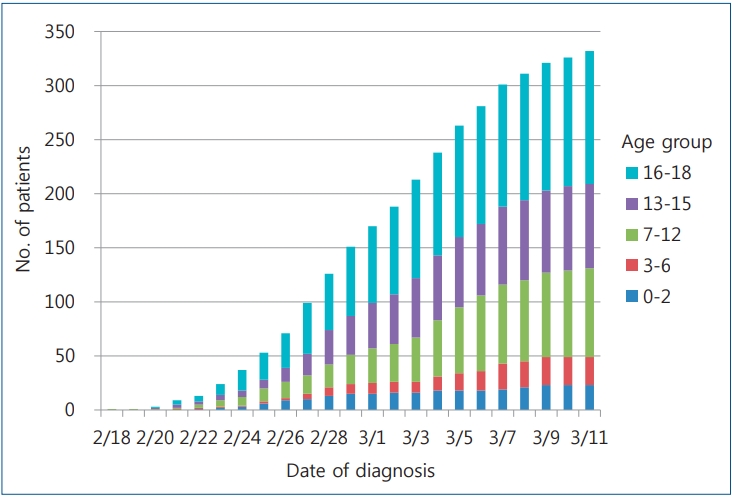
Coronavirus disease-2019 (COVID-19), which started in Wuhan, China, in December 2019 and declared a worldwide pandemic on March 11, 2020, is a novel infectious disease that causes respiratory illness and death. Pediatric COVID-19 accounts for a small percentage of patients and is often milder than that in adults; however, it can progress to severe disease in some cases. Even neonates...
- Epidemiology, virology, and clinical features of severe acute respiratory syndrome -coronavirus-2 (SARS-CoV-2; Coronavirus Disease-19)
- Su Eun Park
- Clin Exp Pediatr. 2020;63(4):119-124. Published online April 2, 2020
-

A cluster of severe pneumonia of unknown etiology in Wuhan City, Hubei province in China emerged in December 2019. A novel coronavirus named severe acute respiratory syndrome coronavirus-2 (SARS-CoV-2) was isolated from lower respiratory tract sample as the causative agent. The current outbreak of infections with SARS-CoV-2 is termed Coronavirus Disease 2019 (COVID-19) by the World Health Organization (WHO). COVID-19...
- Central line-associated bloodstream infections in neonates
- Hye Jung Cho, Hye-Kyung Cho
- Clin Exp Pediatr. 2019;62(3):79-84. Published online December 19, 2018
-
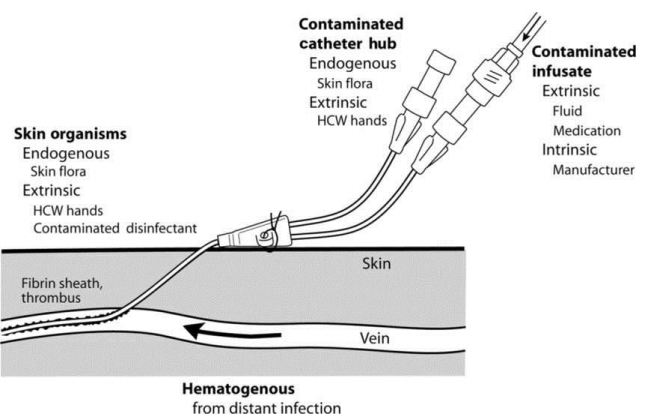
Newborn infants, including premature infants, are high-risk patients susceptible to various microorganisms. Catheter-related bloodstream infections are the most common type of nosocomial infections in this population. Regular education and training of medical staffs are most important as a preventive strategy for central line-associated bloodstream infections (CLABSIs). Bundle approaches and the use of checklists during the insertion and maintenance of central...
- Case Report
- Infection
- Scabies mimicking graft versus host disease in a hematopoietic cell transplant recipient
- Dongsub Kim, Soo-Han Choi, Dong Youn Lee, Juyoun Kim, Eunjoo Cho, Keon Hee Yoo, Hong Hoe Koo, Yae-Jean Kim
- Clin Exp Pediatr. 2018;61(11):371-373. Published online November 9, 2018
-
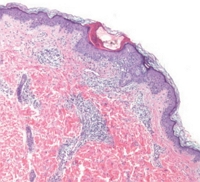
Scabies is a highly contagious skin infestation caused by the mite, Sarcoptes scabiei var. hominis. Complex responses to scabies mites in the innate, humoral, and cellular immune systems can cause skin inflammation and pruritus. Diagnosis can be challenging because scabies resembles other common skin conditions. We report the first Korean case of scabies in a hematopoietic cell transplant (HCT) recipient,...
- Original Article
- Infection
- A contact investigation after exposure to a child with disseminated tuberculosis mimicking inflammatory bowel disease
- Dongsub Kim, Sodam Lee, Sang-Hee Kang, Mi-Sun Park, So-Young Yoo, Tae Yeon Jeon, Joon-Sik Choi, Bora Kim, Jong Rim Choi, Sun Young Cho, Doo Ryeon Chung, Yon Ho Choe, Yae-Jean Kim
- Clin Exp Pediatr. 2018;61(11):366-370. Published online November 15, 2018
-
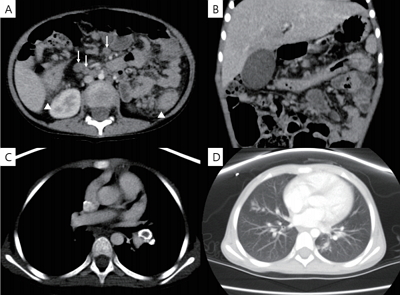
Purpose: Tuberculosis (TB) is one of the most important diseases that cause significant mortality and morbidity in young children. Data on TB transmission from an infected child are limited. Herein, we report a case of disseminated TB in a child and conducted a contact investigation among exposed individuals. Methods: A 4-year-old child without Bacille Calmette-Guérin vaccination was diagnosed as having culture-proven...
- Usefulness of the procalcitonin test in young febrile infants between 1 and 3 months of age
- In Sul Lee, Young Jin Park, Mi Hyeon Jin, Ji Young Park, Hae Jeong Lee, Sung Hoon Kim, Ju Suk Lee, Cheol Hong Kim, Young Don Kim, Jun Hwa Lee
- Clin Exp Pediatr. 2018;61(9):285-290. Published online September 15, 2018
-

Purpose: To study the usefulness of the procalcitonin (PCT) test in young febrile infants between 1 and 3 months of age. Methods: We evaluated the medical records of 336 febrile infants between 1 and 3 months of age who visited the Emergency Department or outpatient department of Samsung Changwon Hospital from May 2015 to February 2017, and analyzed the clinical characteristics...
- Clinical and laboratory profiles of hospitalized children with acute respiratory virus infection
- Eunjin Choi, Kee-Soo Ha, Dae Jin Song, Jung Hwa Lee, Kwang Chul Lee
- Clin Exp Pediatr. 2018;61(6):180-186. Published online June 25, 2018
-

Purpose Despite the availability of molecular methods, identification of the causative virus in children with acute respiratory infections (ARIs) has proven difficult as the same viruses are often detected in asymptomatic children.
Methods Multiplex reverse transcription polymerase chain reaction assays were performed to detect 15 common respiratory viruses in children under 15 years of age who were hospitalized with ARI between January 2013...
- Association between vitamin D and urinary tract infection in children
- Abolfazl Mahyar, Parviz Ayazi, Sara Safari, Reza Dalirani, Amir Javadi, Shiva Esmaeily
- Clin Exp Pediatr. 2018;61(3):90-94. Published online March 19, 2018
-
Purpose The present study aimed to determine the relationship between serum 25-hydroxyvitamin D (25(OH)D) level and Urinary tract infections (UTIs) in children.
Methods In this case-control study, 70 children with UTI (case group) were compared with 70 healthy children (control group) in terms of serum 25(OH)D levels. The children were between 1 month and 12 years of age. Serum 25(OH)D levels were measured...
-

-
-
6.02024CiteScore98th percentilePowered by
-
Impact Factor3.6
-
- TOPICS
- ARTICLE CATEGORY
- Editorial Office
-
Korean Pediatric Society
#1606 Seocho World Officetel, 19 Seoun-ro, Seocho-ku, Seoul 06732, Korea
Tel: +82-2-3473-7306 Fax: +82-2-3473-7307 E-mail: office@e-cep.org
Clinical and Experimental Pediatrics is an open access journal. All articles are distributed under the terms of the Creative Commons Attribution NonCommercial License (http://creativecommons.org/licenses/by-nc/4.0/)
Copyright © 2025 by Korean Pediatric Society.











